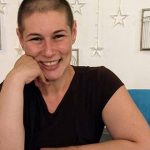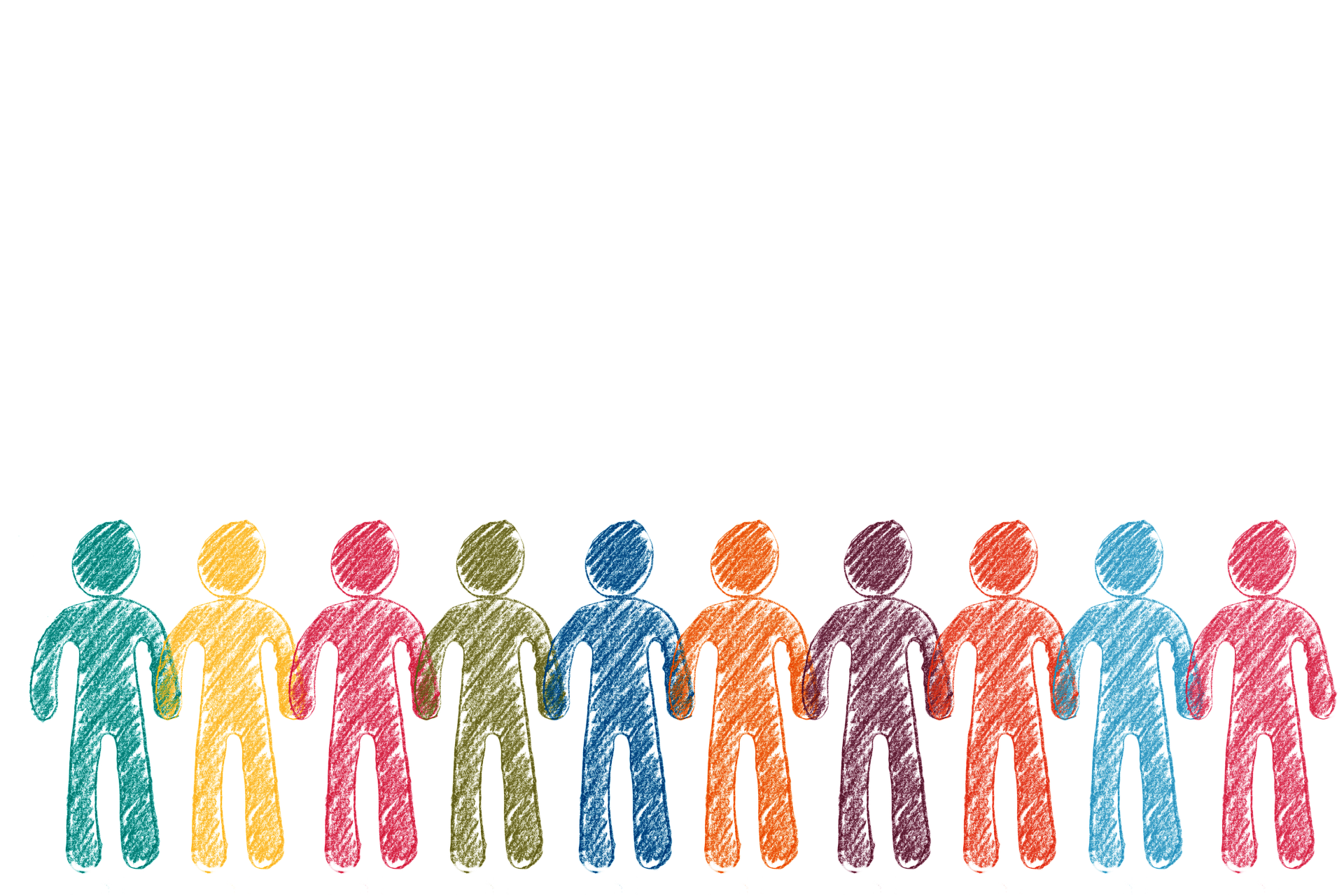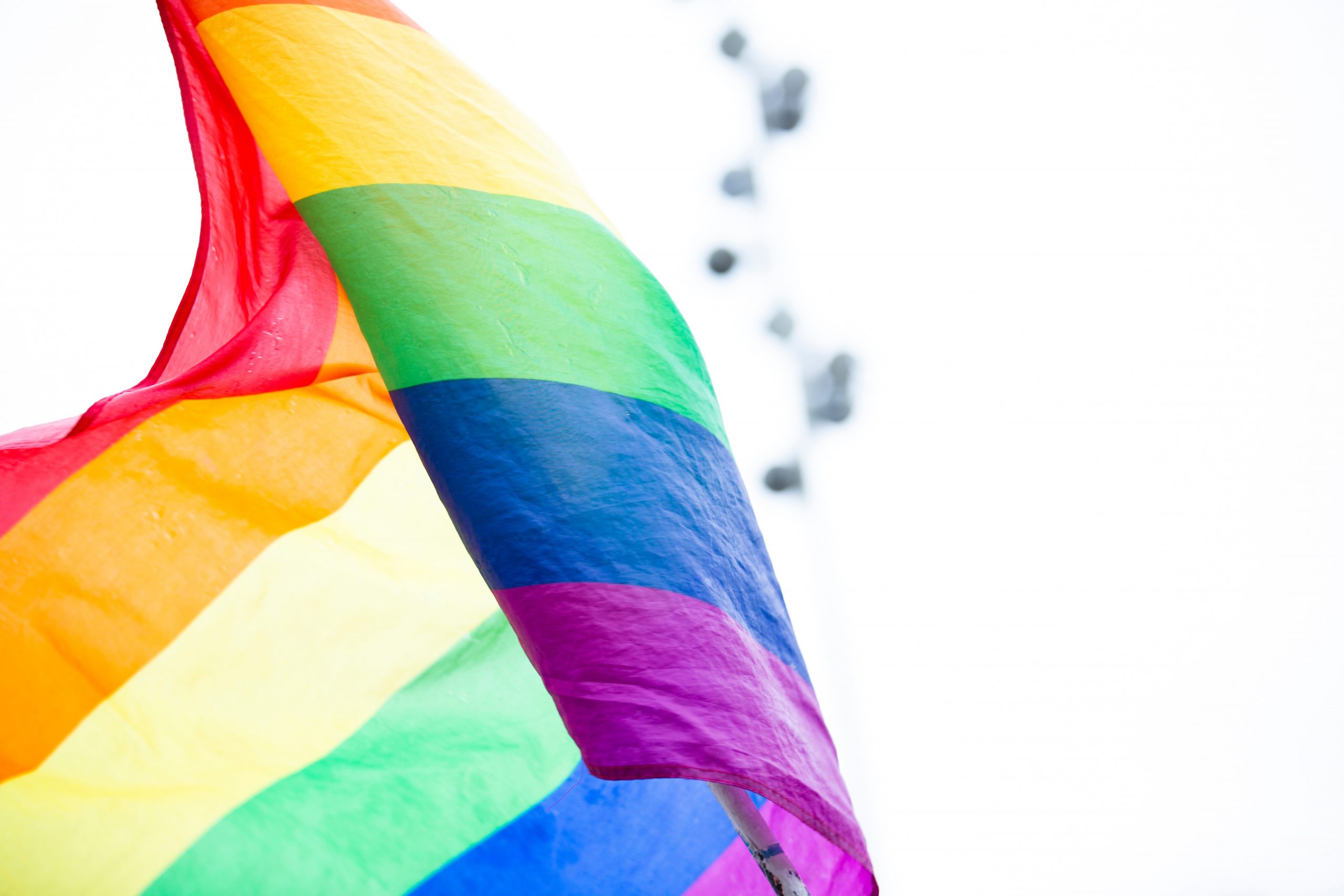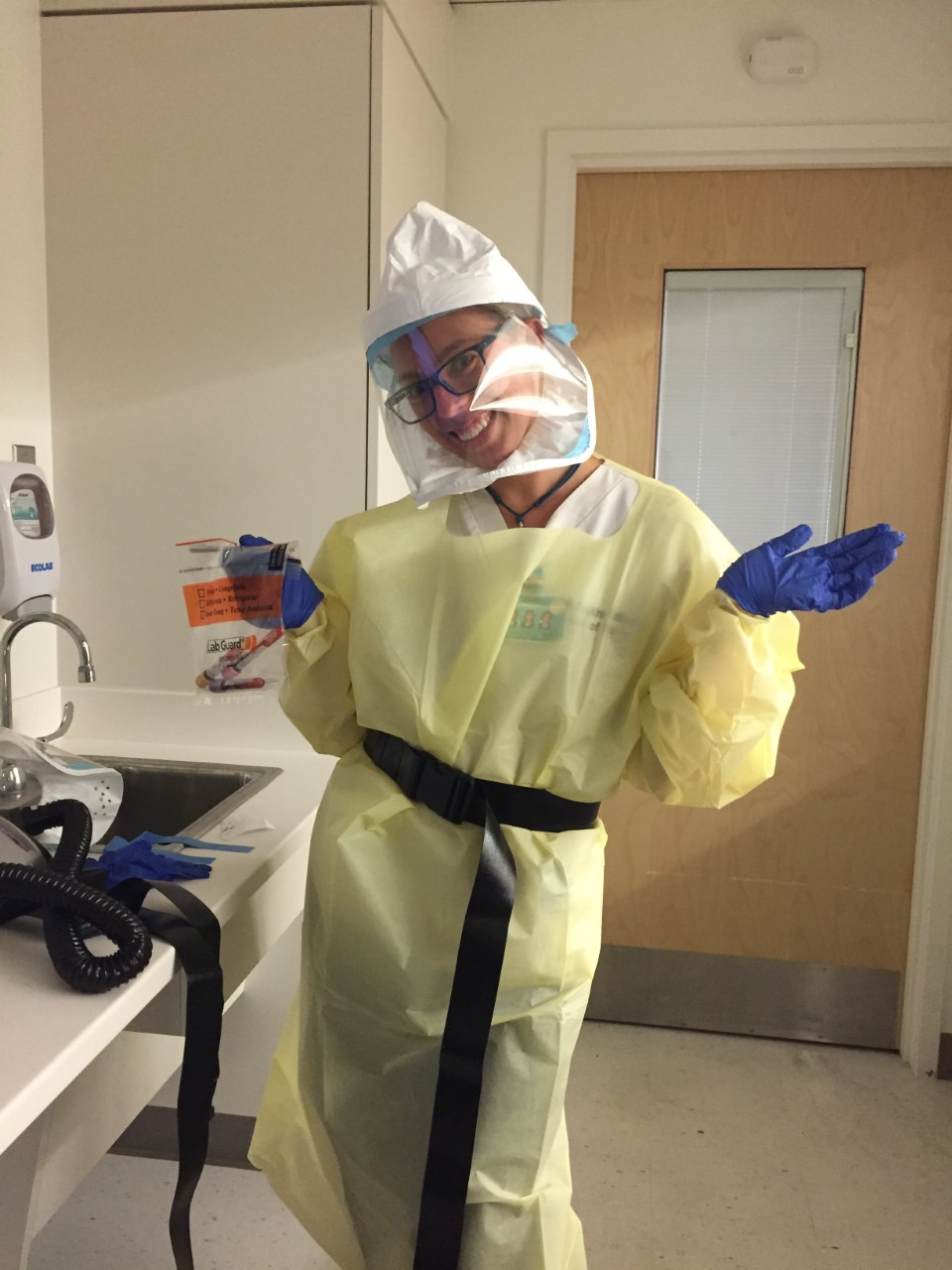By: Bianca Palmisano (they/them)
In the trans community, we talk a lot about “passing” as your gender identity: looking the part, blending in enough so that cisgender people don’t question who you are and the space you occupy. But what if there’s no such thing as passing for your gender? What if the conception of your gender is so foreign to 99% of the population that you feel you’ll never really be seen by the people around you?
That’s a small slice of what identifying as non-binary can feel like. I can mix button up shirts with tight pencil skirts, I can shave patterns in my head and wear sparkly jewelry. I can literally wear a shirt that says “I am Trans” on it and still have people use the wrong pronouns for me. Because most people have never considered what a person who is neither one nor the other, someone who swims in the murky gray space between genders, might look like.
Many of you have seen a bald, brassy person rushing through the hallways, smiling as they pass, ruffling the hair of friends, shouting something about nurses’ unions and teaching pedagogy. That’s me: Bianca Palmisano. I came out as non-binary about 4 years ago, and now I’ve more than a decade of experience organizing, educating, and supporting the trans community and people who want to understand them better. I speak up loudly in class about trans issues, use my own body, identity, and experiences as teaching tools. I’ve taught at universities and hospitals across the country about how to treat trans people like human beings.
It’s weird to be so purposefully visible, and at times, still feel like my identity is invisible to most Hopkins professors, students, and hospital employees. With every clinical instructor, I must decide within about 20 minutes of meeting them if I’m going to introduce myself with my pronouns (they/them) or let them make their assumptions. Even with the most well-meaning of instructors, it usually doesn’t matter and I’m misgendered at least 80% of the time. Do I correct them? Many days it just doesn’t feel worth it. Even in my blocky, non-gendered white scrubs that hide my breasts, I’m still always “she” to patients, nurses, and staff. No one has the words, the conception of identity, to name me in these casual encounters. It requires a 20-minute primer on gender first.
It’s why I push so strongly for protocols that are gender-neutral, not simply trans-inclusive. Have everyone give their pronouns at the beginning of class, restate every question as “They just asked…,” write all of the educational materials with “they” instead of “he/she.” There’s so much that can be done structurally to reduce the burden on me to advocate for myself as one of a handful of trans students on campus. Because even if no one sees me completely, at least our instructions can speak in a language that includes me.
But please don’t mistake this blog for an excuse to simply chastise you, Hopkins fam. I see every small act of allyship you perform too: the article you shared on trans-affirming pediatric care, the time you put your pronouns on your name placard in Ethics class without being asked, the fact that literally NO ONE gives me side-eye for using the men’s bathroom. I value your curiosity, your genuine questions, your humility when you mess up—it all matters to me. I feel very much welcome at Hopkins. But you know my MO: I’m always pushing you to be better versions of yourself, to go just a step further, to think a little deeper about how you want to move through this world.
I’m grateful that when I push, you all take a step forward toward a brighter future. It matters: for me, and for all the non-binary people who will come after me.
Read more:
- Gertrude Stein Society
- A Safe Space for Kings, Queens, and In-Betweens
- What Nurses Need to Know: How to Take a Sex Positive Health History with LGBTQ+ Patients
- We Need to Talk about Wound Care in Transgender Women Healing From a Vaginoplasty
ABOUT THE AUTHOR: BIANCA PALMISANO
 Bianca Palmisano (they/them) is a non-binary, fourth semester MSN (Entry into Nursing) student, sex educator, and medical consultant. They specialize in training health care providers around issues of sexual health, as well as LGBT, sex worker, and sexual assault survivor competency. Bianca serves as an adviser for the Gertrude Stein Society and on the executive boards of Nurses for Sexual and Reproductive Health and Nurses for Harm Reduction.
Bianca Palmisano (they/them) is a non-binary, fourth semester MSN (Entry into Nursing) student, sex educator, and medical consultant. They specialize in training health care providers around issues of sexual health, as well as LGBT, sex worker, and sexual assault survivor competency. Bianca serves as an adviser for the Gertrude Stein Society and on the executive boards of Nurses for Sexual and Reproductive Health and Nurses for Harm Reduction.

 The March Toward Trans Pride, with Baltimore Safe Haven
The March Toward Trans Pride, with Baltimore Safe Haven Gender Equality and Violence in the Congo
Gender Equality and Violence in the Congo Nurses, Ask for Pronouns to Signal Your Allyship—It’s More Important Than Ever
Nurses, Ask for Pronouns to Signal Your Allyship—It’s More Important Than Ever Coming Out to a Health Care Provider: What it Means for the Patient and the Nurse
Coming Out to a Health Care Provider: What it Means for the Patient and the Nurse When the Past Shapes the Future
When the Past Shapes the Future







